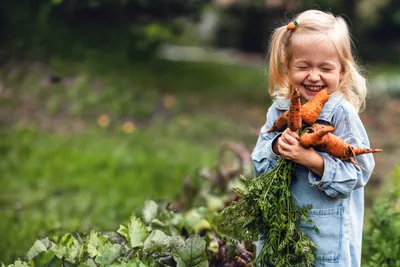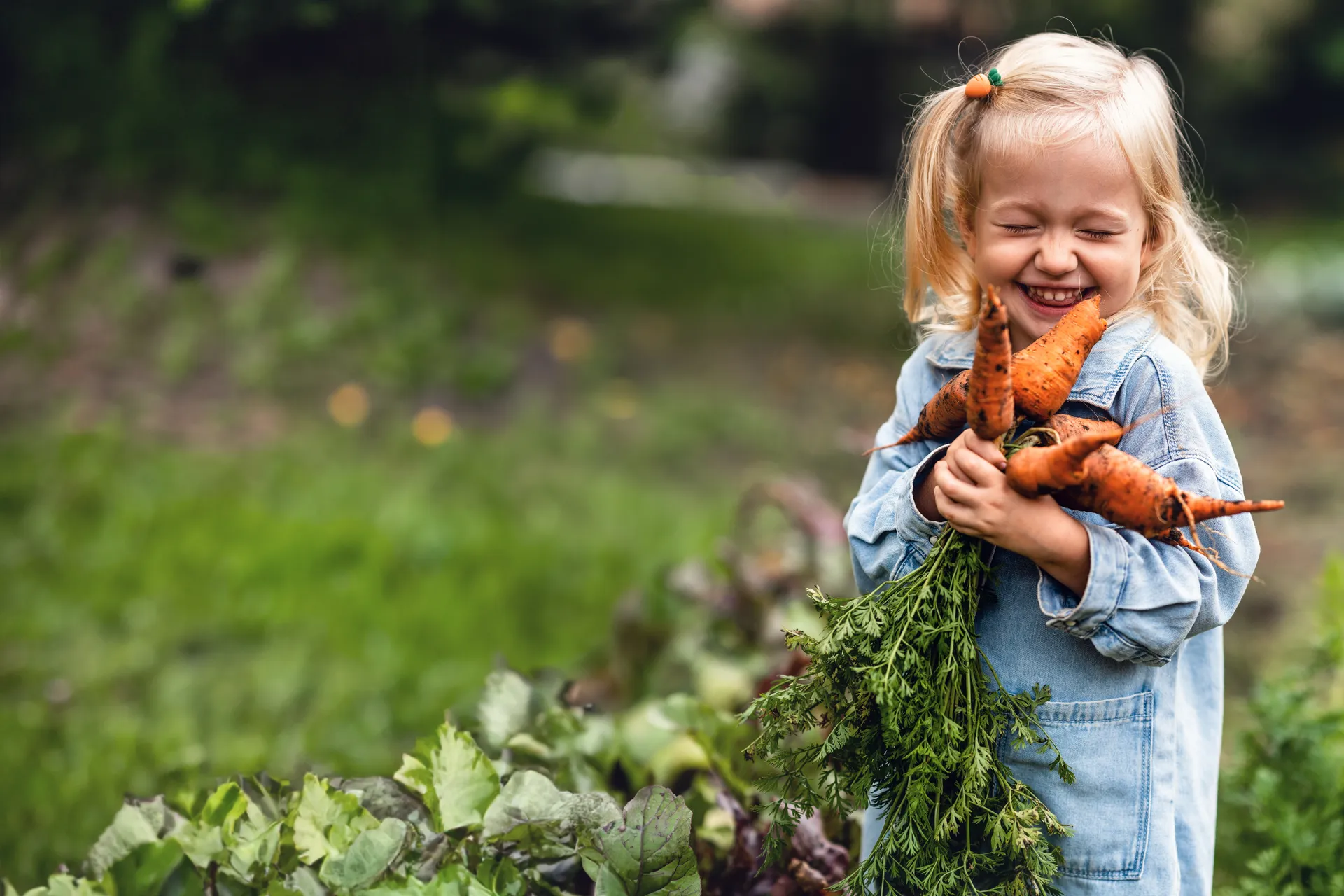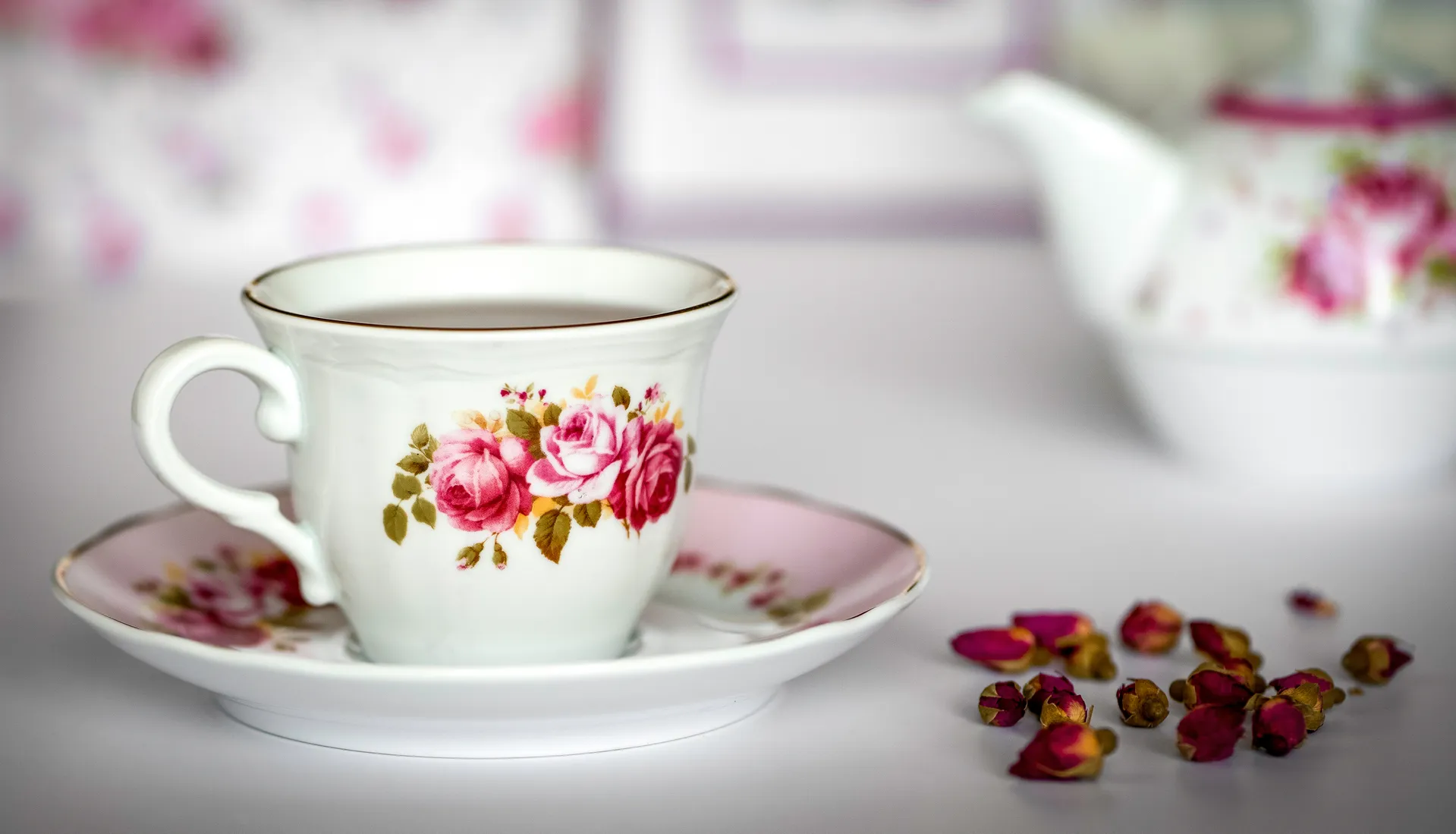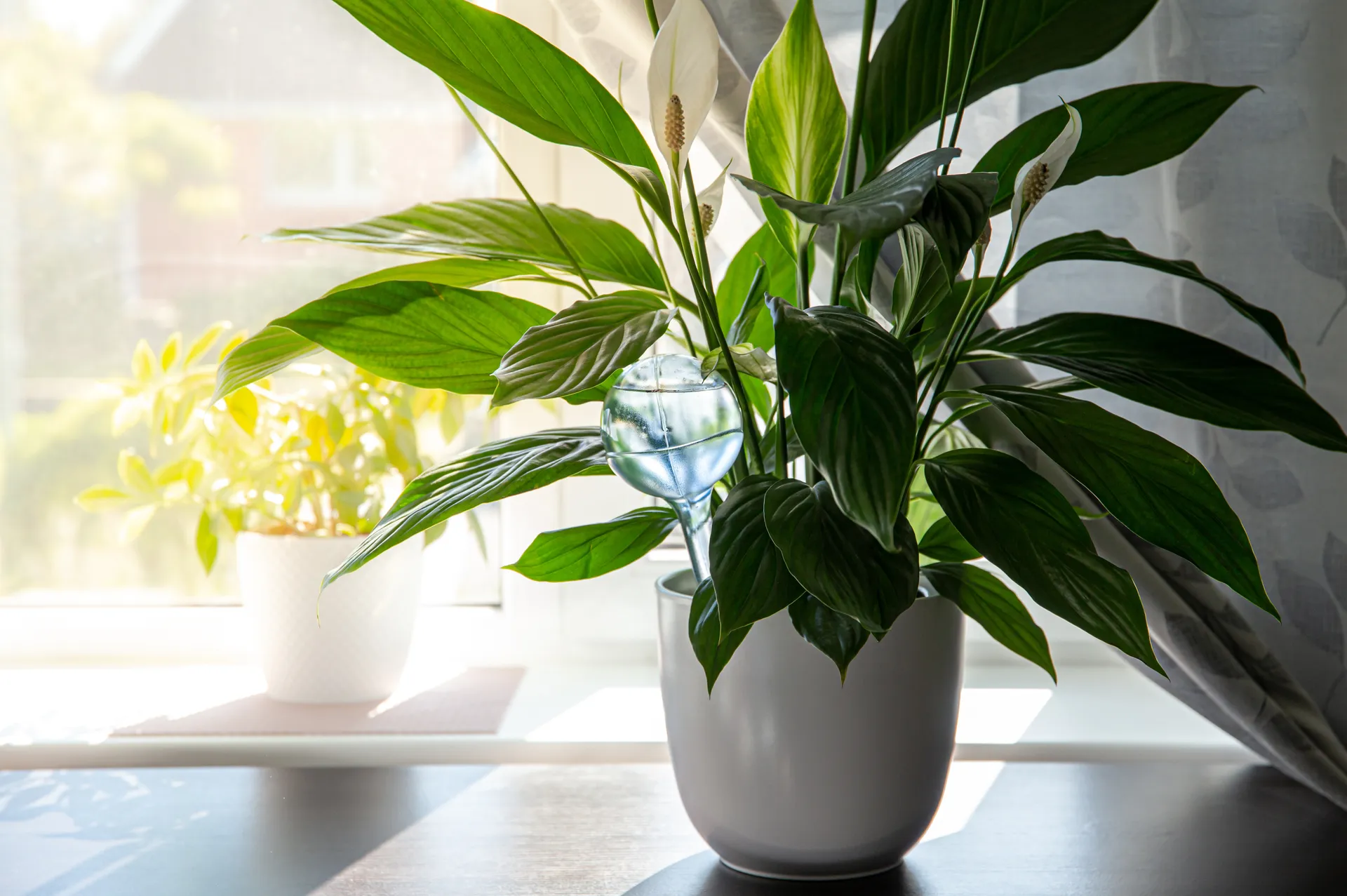Don't tip it, drip it
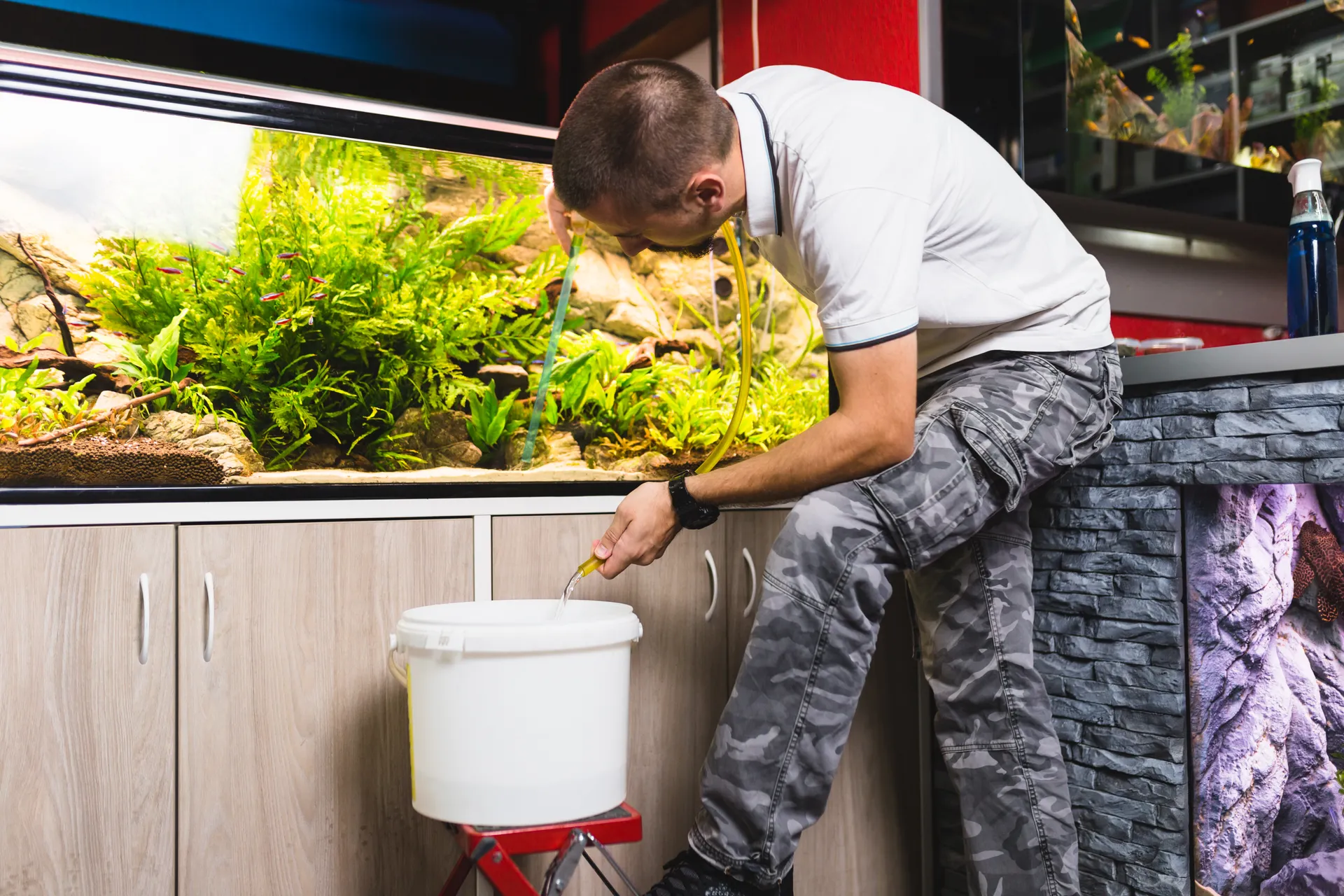
We all know plants need water, but some of the water we throw away has super powers. If you're boiling eggs, changing your fish tank water or emptying the bath check out our water reuse guide.
Cooking Water
When you cook, steam or soak eggs, veggies, bananas or pasta in water, some of the minerals transfer making it a great free fertiliser for your plants.
Check out our nutrient guide to find out what you could be sourcing for free and which plants love what.
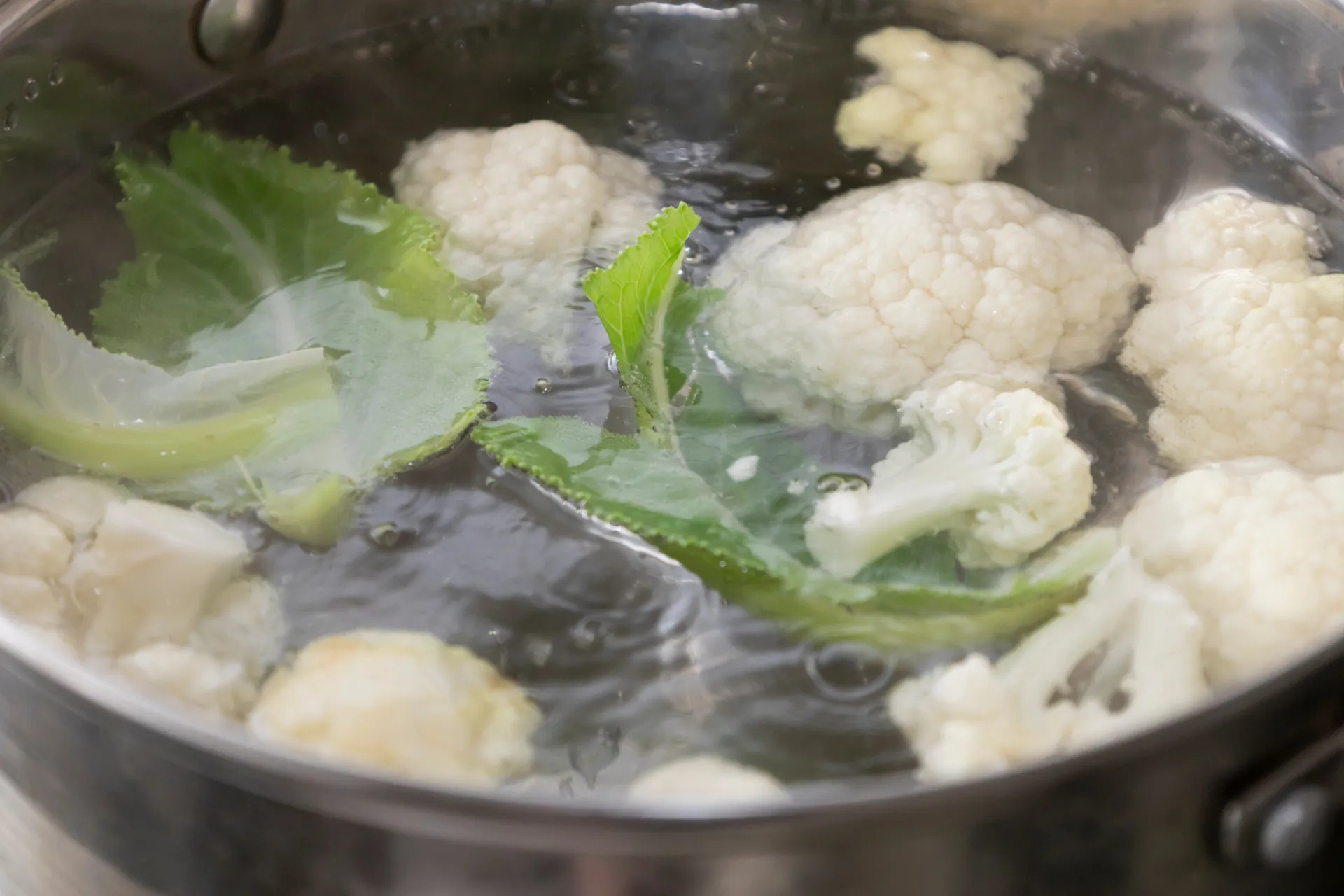
Tips for Safe Use
- always let cooking water cool before using
- avoid water with salt, oil, butter, or seasoning
- only use greywater (bath, washing up, laundry) if soaps are biodegradable and free from harsh chemicals
- apply water to soil, not leaves to prevent mold and leaf damage
- Rotate water types and avoid overwatering.
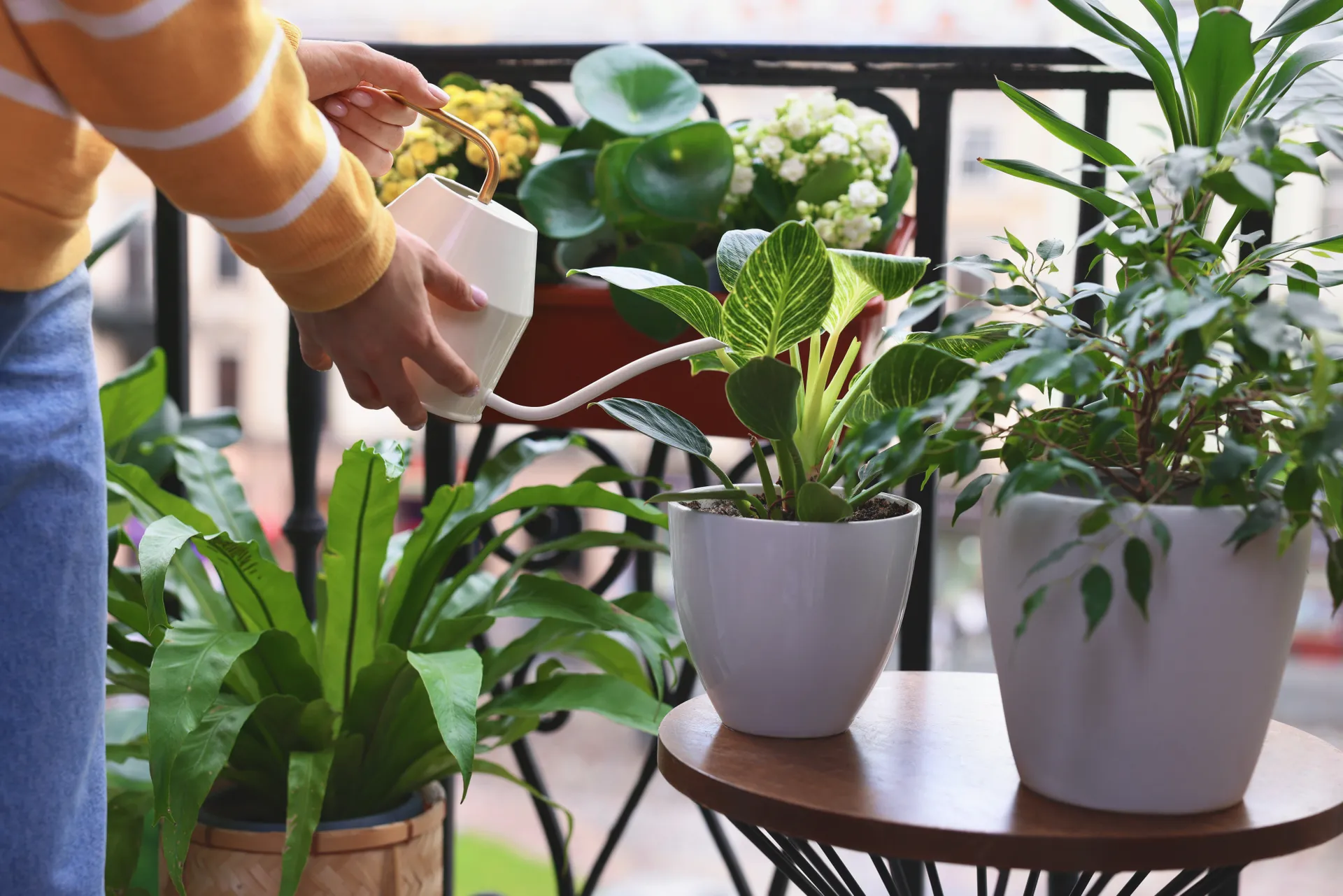
Tips for storing
- use airtight containers to prevent smells and pests
- label and date your containers if you’re saving multiple types
- use within 1–3 days for best results.
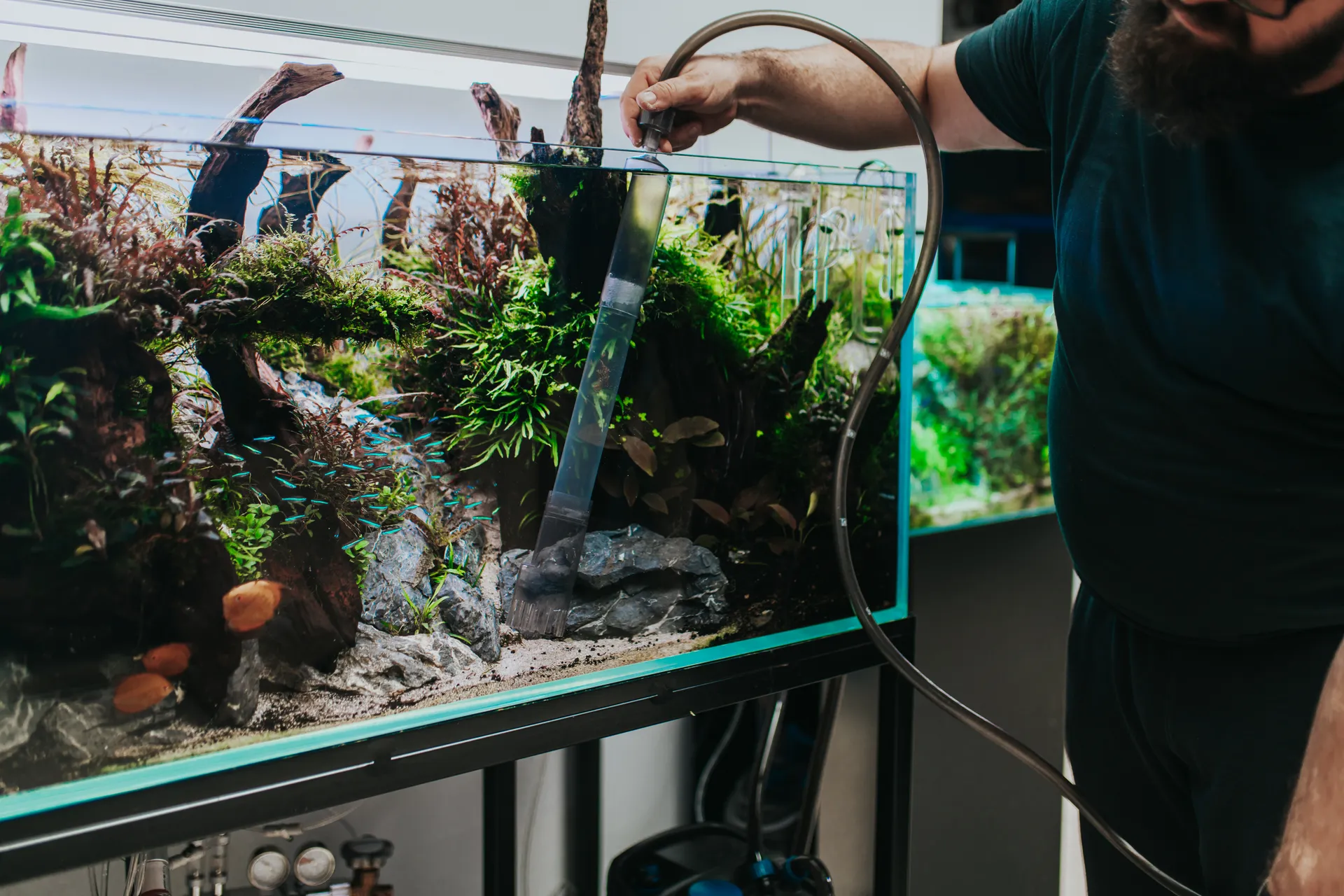
Fish Tank Water
Fish tank water is another great source of nutrients. It's rich in nutrients and contains nitrogen, phosphorus, potassium, and beneficial bacteria from fish waste.
Next time you do a water change
Keep the water and either use immediately or store in a cool, dark place as
- a gentle fertiliser – it's mild and great for regular use
- a microbial booster – use it to improve soil health and microbial activity.
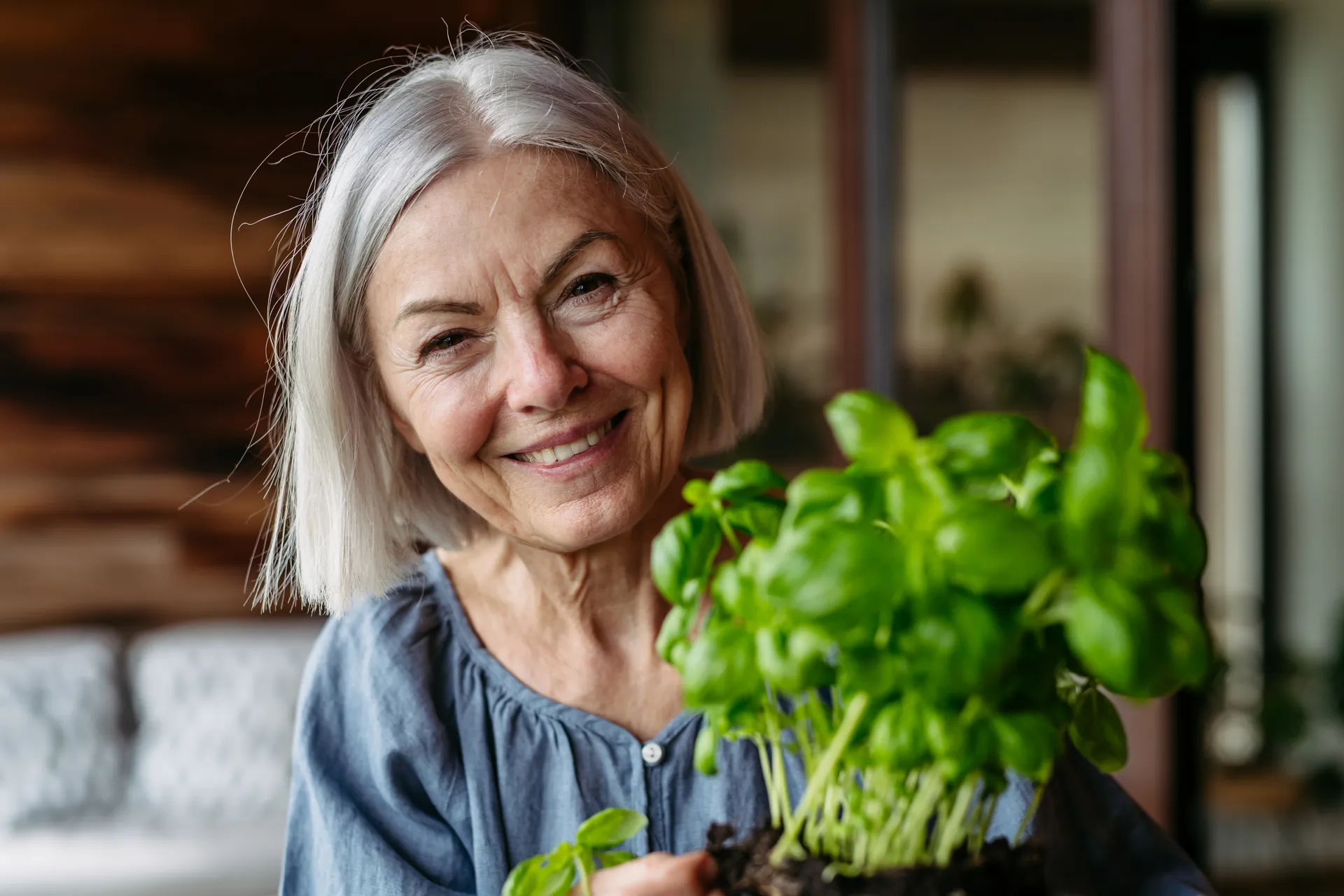
Plants that love it
- Leafy greens: Lettuce, spinach, kale
- Herbs: Basil, parsley, coriander
- Houseplants: Peace lilies, pothos, ferns
- Veggies: Tomatoes, capsicums, beans
How to use It
- Dilute if needed: Mix 1 part tank water with 2 parts clean water if it’s very dirty.
- Use during regular watering: Just swap out your usual water with tank water every few weeks.
- Avoid pouring on leaves: Water the soil directly to prevent leaf spots or mold.
Things to watch out for
- saltwater tanks: don’t use water from marine tanks — the salt will harm most plants
- chemical treatments: if you've added medications or algae control products, skip using that water
- overwatering: even nutrient-rich water can cause root rot if the soil stays soggy
- smell or cloudiness: if the water smells bad or is very murky, it might be too concentrated — dilute it with clean water.
Which plants love what
| Source | What It Contains | Best For |
| Egg cooking water | Calcium | Tomatoes, capsicums, chillies, spinach, kale |
| Pasta/Rice water | Starch (feeds beneficial microbes) | Houseplants, basil, parsley |
| Vegetable cooking water | Potassium, magnesium, iron (varies by veggie) | Carrots, beetroot, zucchini, beans |
| Fish tank water | Nitrogen, phosphorus, potassium, beneficial bacteria | Lettuce, spinach, kale, basil, parsley, coriander, tomatoes, ferns |
| Bath water | Mild soap residue (if biodegradable) | Lawns, trees, flowering ornamentals (not edibles) |
| Washing up water | Trace food particles, mild soap (if unscented and eco-friendly) | Hardy outdoor ornamentals (avoid edibles) |
| Washing machine water | Phosphate-free detergent (if eco-friendly) | Non-edible shrubs, trees, flowering plants |
How and where to store the water
| Water Type | Can You Store It? | Storage Tips |
| Egg Water | ✅ Yes, short-term | Store in a sealed container in the fridge for up to 3 days. |
| Pasta/Rice Water | ⚠️ Yes, but risky | Use within 1–2 days. Starch can ferment and attract pests. Refrigerate if needed. |
| Vegetable Cooking Water | ✅ Yes, short-term | Cool and refrigerate. Use within 3 days. |
| Fish Tank Water | ✅ Yes, short-term | Store in a cool, dark place. Use within a few days to avoid bacterial imbalance. |
| Bath/Washing Water | ⚠️ Yes, with caution | Use immediately or within 24 hours. Can go rancid or grow bacteria. |
| Banana Peel Water | ⚠️ Yes, briefly | Use within 1–2 days. Keep covered and cool. |
| Coffee/Tea Water | ✅ Yes | Store in a sealed container. Use within a few days. |
Categories:
